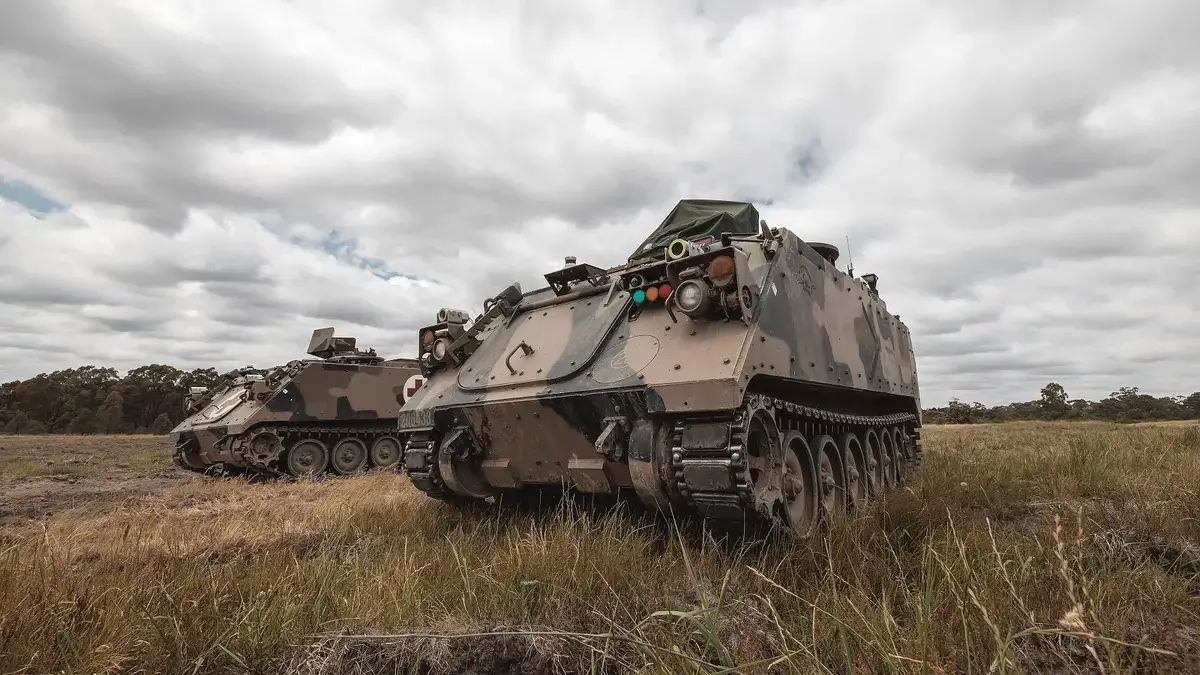BAE Systems Australia and Trusted Autonomous Systems (TAS) have moved a step closer to delivering a next generation autonomous capability for the Australian Army. The companies recently completed a four-year research and demonstration program during which they developed an advanced Artificial Intelligence (AI) system that could be used in uncrewed ground vehicles (UGV). The TAGVIEW (Trusted Autonomous Ground Vehicles in Electronic Warfare) system would allow multiple UGVs to operate simultaneously to carry out mission objectives while identifying and evading potential threats. Modular in design, and integrated with BAE Systems’ autonomous Vehicle Management System, TAGVIEW will be compatible with a range of different UGVs.
BAE Systems Australia’s Defence Delivery Managing Director, Andrew Gresham, said: “We continue to push the boundaries of science and technology to provide Australia and our allies with a capability advantage on a future battlefield. TAGVIEW has been a unique collaboration, bringing together the strengths of Defence, industry and academia to fast track the development of a transformative autonomous technology.”
Trusted Autonomous Systems’ Chief Technology Officer, Dr Simon Ng, said: “TAS was instrumental in developing the project, reviewing its technical progress and achievements, and working with BAE Systems on the design of trials and demonstrations. It’s been exciting to see what a diverse team from industry, researchers and DSTG can do and highlights the value of a collaborative approach in achieving innovation for Defence.”
Australian Army’s Robotic and Autonomous Systems Implementation and Coordination Office (RICO), Lieutenant Colonel Rachael Ayoub, said: “The army requires autonomous capabilities like this to protect our soldiers from harm, removing them from the most dangerous tasks, while still maintaining a human in the loop directing the system. The successful demonstration on the M113s shows that through enhancing or augmenting our existing capabilities, we can create trusted autonomy and extend functionality.”
University of Melbourne Head of the Department of Electrical and Electronic Engineering, Professor Chris Manzie, said: “This project is a great demonstration of how academia and industry can work together to develop capability and highlights the important role research can play in supporting national interests.”
University of Adelaide’s Australian Institute for Machine Learning (AIML), Professor Ian Reid, said:“For a vehicle to operate with any degree of autonomy, it must be able to sense and understand its surroundings. Computer vision and machine learning are the core technologies that unlock this capability to understand the vehicle’s environment. Our experts have been excited to showcase these technologies integrated on a M113 platform for the first time.”
Defence Science and Technology Group’s Program Leader – Artificial Intelligence, Associate Professor Rob Hunjet, said:“TAGVIEW is a great example of how partnerships between industry, academia and Defence can achieve more together, pushing the boundaries of autonomy, particularly in the area of perception and path planning.”
It can feature a range of technologies, including optic cameras, LiDaR (Light Detection and Ranging) and internal navigation and route planning systems, making it easier for the user to control. During the demonstration phase, TAGVIEW was installed on several M113 Optionally Crewed Combat Vehicles (OCCVs) and put through its paces in a series of planned relocation, logistical and sweep search missions. Funded by the Commonwealth of Australia and led by TAS, Australia’s first Defence Cooperative Research Centre (CRC), the TAGVIEW program also involved the University of Melbourne, the University of Adelaide’s Australian Institute of Machine Learning (AIML) and the Commonwealth’s Defence Science and Technology Group (DSTG).















